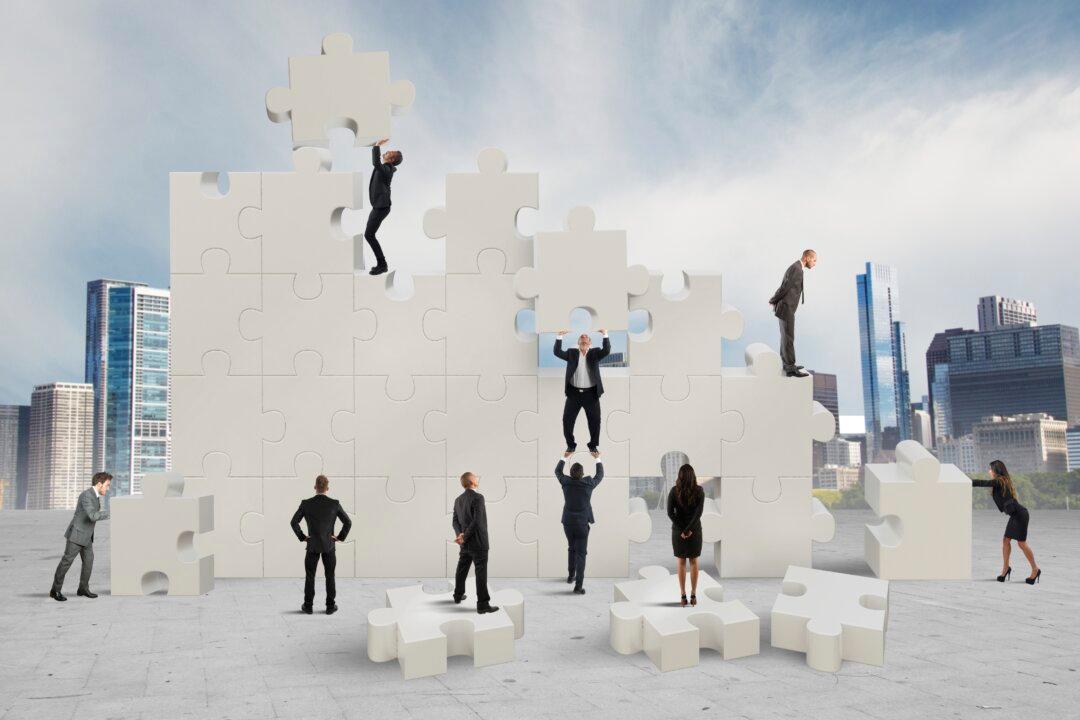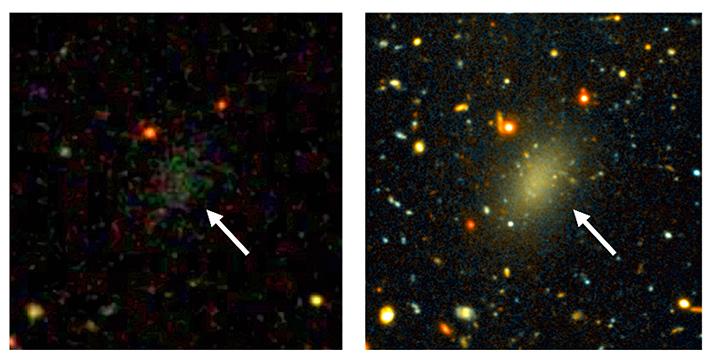The economic gap between the rich and poor becomes even wider when the inequality becomes visible, report researchers.
Their findings suggest that when people don’t know their neighbors’ financial status, they cooperate and interact much better. But when people can see a significant gap in wealth between themselves and their neighbors, the social fabric begins to unravel—and the gap in wealth becomes wider than when the economic inequality is invisible.
“In our experiments, making wealth visible was a very corrosive force; doing so reduced cooperation and widened economic inequality. It resulted in the rich exploiting the poor,” says Professor Nicholas A. Christakis, director of the Yale Institute for Network Science (YINS) and senior author of the study in Nature.
“Our results suggest that, surprisingly, the visibility of others’ wealth may have more of a social impact than the actual inequality of wealth,” says Christakis.
Inequality’s Impact
The researchers used new software called Breadboard to place 1,462 test subjects into 80 temporary, small-scale “societies” with three distinct levels of economic inequality, including levels seen in the United States today.




